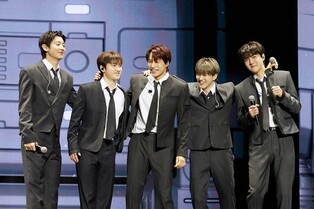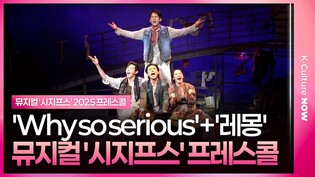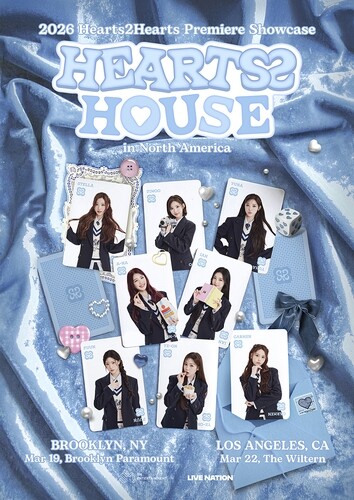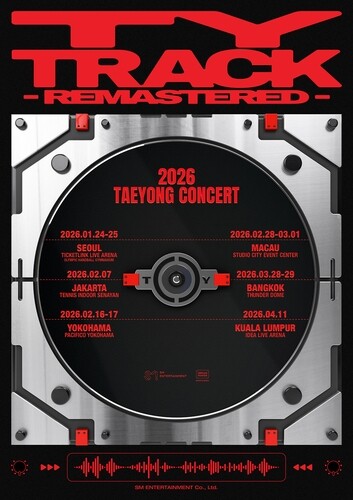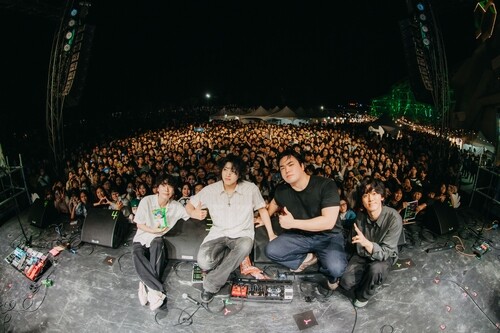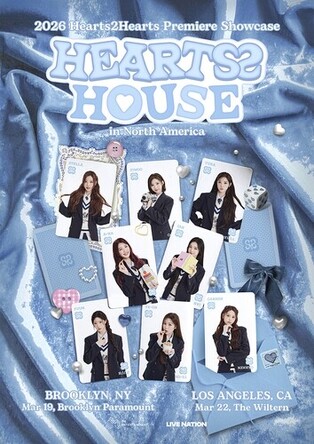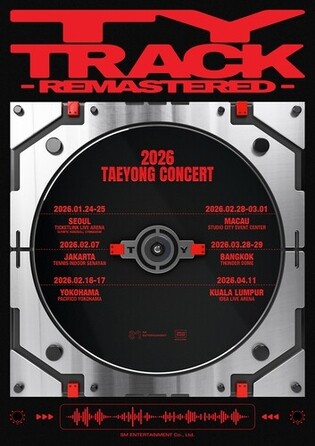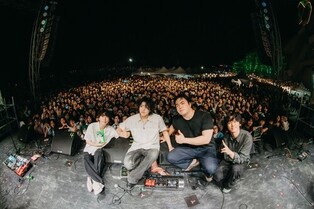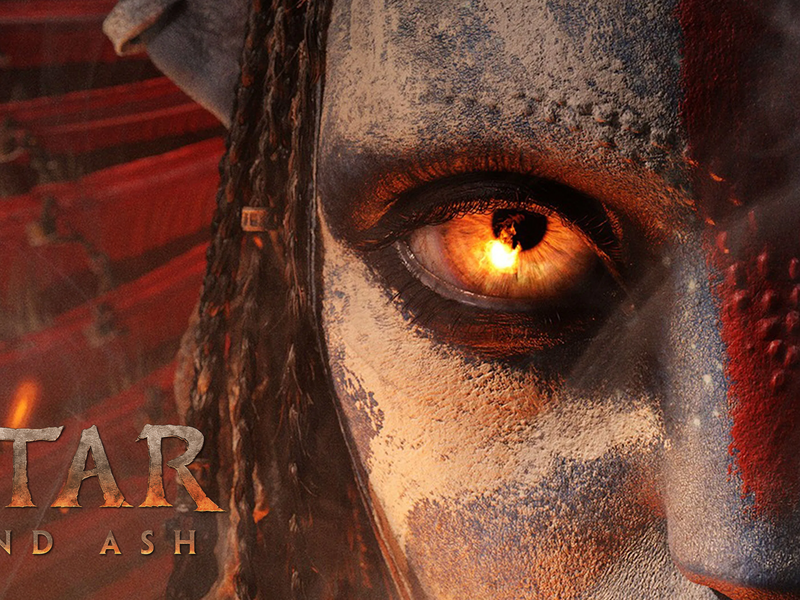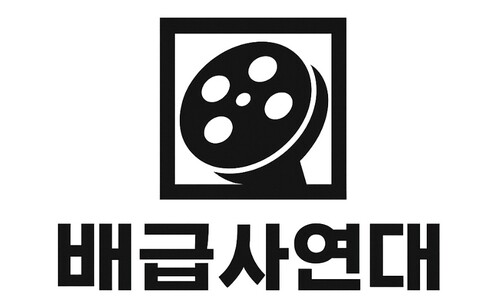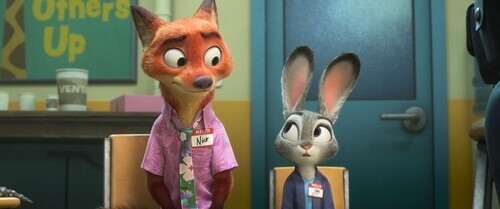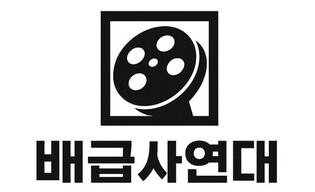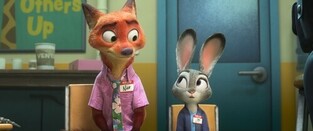*Editor’s note: K-VIBE invites experts from various K-culture sectors to share their extraordinary discovery about the Korean culture.
Scrutinizing AI: The Age of AI and the Storyteller
Contributed by Lee Eun-jun (professor at Kyungil University)
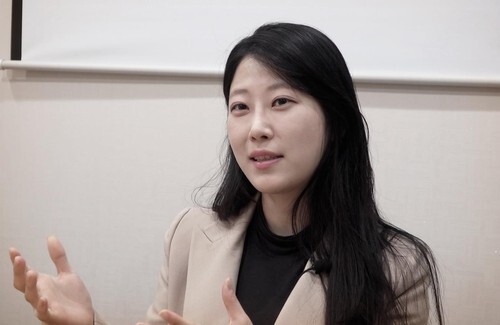
There was a time when “celebrity” was synonymous with aspiration. A name alone could sell a movie, and a face on a magazine cover instantly became a brand. But as the digital landscape rapidly evolved, the cultural structure surrounding content has undergone a fundamental transformation.
Today’s audiences are no longer drawn simply by fame. Instead of asking, “Who is saying this?” the question has shifted to “How deeply and how often can I experience this content?”
This shift isn’t just about changing tastes — it signals an evolution from consumer to user, and from user to co-creator. What Henry Jenkins described as “participatory culture” is now lived daily through platforms like social media, YouTube, and TikTok. Fans are no longer passive consumers; they remix, share, and shape their identities within communities through content.
This trend is now opening wide the doors to AI characters. Even if they are not human, entities that can provide emotional resonance and information can become influential. In fact, virtual influencers, AI YouTubers, and avatar streamers already boast hundreds of thousands of followers. Emotional attachment and immersive engagement with digital beings operate independently of their real-world existence. At the core lies an emotional interface — the connection of feelings between humans and AI.
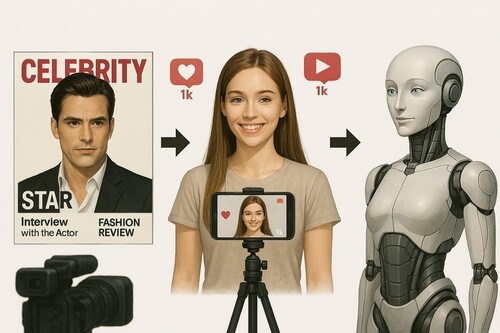 |
| ▲ This AI-generated image is provided by the author. (Yonhap) |
◇ How AI Characters Are Reshaping the Content Ecosystem
AI characters are fundamentally changing how content is produced and distributed. Unlike human actors, they can generate content at unprecedented speeds and interact with fans tirelessly. This reduces production costs and time, while enabling more creative experimentation. AI also sidesteps traditional entertainment industry risks such as contracts, ethical issues, and privacy concerns.
More importantly, fandom culture itself is transforming. Where once the mystique of a celebrity’s life was a key draw, now the experience of the content takes precedence. The shift from influencer to AI character is accelerating the consumer trend toward identity and experience-driven content.
However, this change is not without its caveats.
The unpredictability, authenticity, and lived reality that human actors offer are still difficult for AI to replicate. Excessive immersion in virtual beings may even lead to issues like identity confusion or escapism. This is why ethical discussions around the "authenticity of identity" and "authenticity of emotion" are becoming increasingly necessary.
One particularly complex challenge in AI-generated films lies in maintaining “character consistency.” The latest advancements from platforms like Runway, Pika, Sora, and Kling have expanded AI’s video capabilities beyond still images to full scenes and sequential storytelling.
But for high-quality narrative video — especially in film or drama — a major technical hurdle remains: character consistency.
This refers to keeping a character’s appearance, expressions, costume, and mood consistent across scenes, a crucial factor for audience immersion. Current AI video systems often struggle to maintain identity over time. A character’s eye color or costume details may change abruptly from scene to scene.
This inconsistency stems from AI’s reliance on predictive generation. Rather than linking each scene to the previous one, AI tends to treat every scene independently, leading to disjointed character portrayals that disrupt viewer engagement.
◇ Why Human Creators Still Matter
To address this, creators now manually review and adjust numerous AI-generated cuts to ensure continuity. Techniques like prompt locking, seed value control, and model retraining are being explored, but none are yet foolproof.
And the problem goes beyond technical refinement.
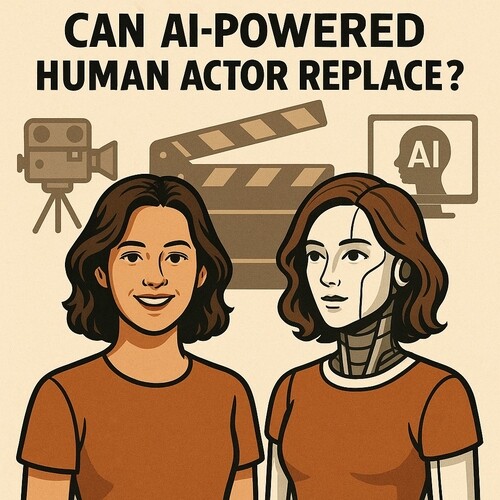 |
| ▲ This AI-generated image is provided by the author. (Yonhap) |
Only human creators can ask and answer these questions. At its core, AI-generated filmmaking still depends on human imagination and decision-making to select images, interpret emotions, and build narrative flow.
In my own experience producing films with AI tools, I found myself choosing and adjusting scenes from countless AI-generated images to match the storyline — a creative process that demanded a whole new grammar compared to traditional filmmaking.
This is why AI remains a tool, while humans remain the storytellers.
AI video technology will eventually overcome some of the issues surrounding character consistency. But no algorithm can replace the art of storytelling that moves hearts and minds.
Looking ahead, the future of content will be shaped by hybrid creation — a collaboration between AI and humans. AI offers boundless visual potential and productivity, while humans provide philosophy, emotion, and meaning.
As technology advances, the most precious resource of all will still be the power of the storyteller.
(C) Yonhap News Agency. All Rights Reserved

















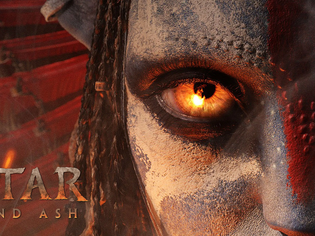
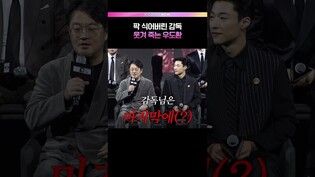
![[풀영상] 디즈니+ '메이드 인 코리아' 제작발표회|현빈 Hyunbin·정우성 Jung Woosung·우도환·서은수·원지안·정성일·강길우·노재원·박용우|Made In Korea](/news/data/20251215/p179554206856695_165_h.jpg)

